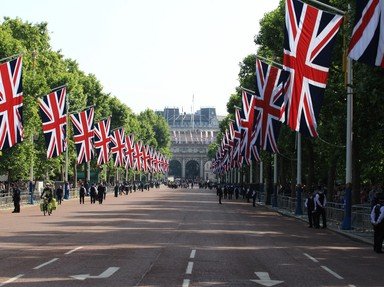
Name of the Queen - consorts with the same name Quiz
In the history of the British monarchy, queens consort have been from many places, but have often shared names. Can you match the consort with her royal husband?
A matching quiz
by Red_John.
Estimated time: 4 mins.